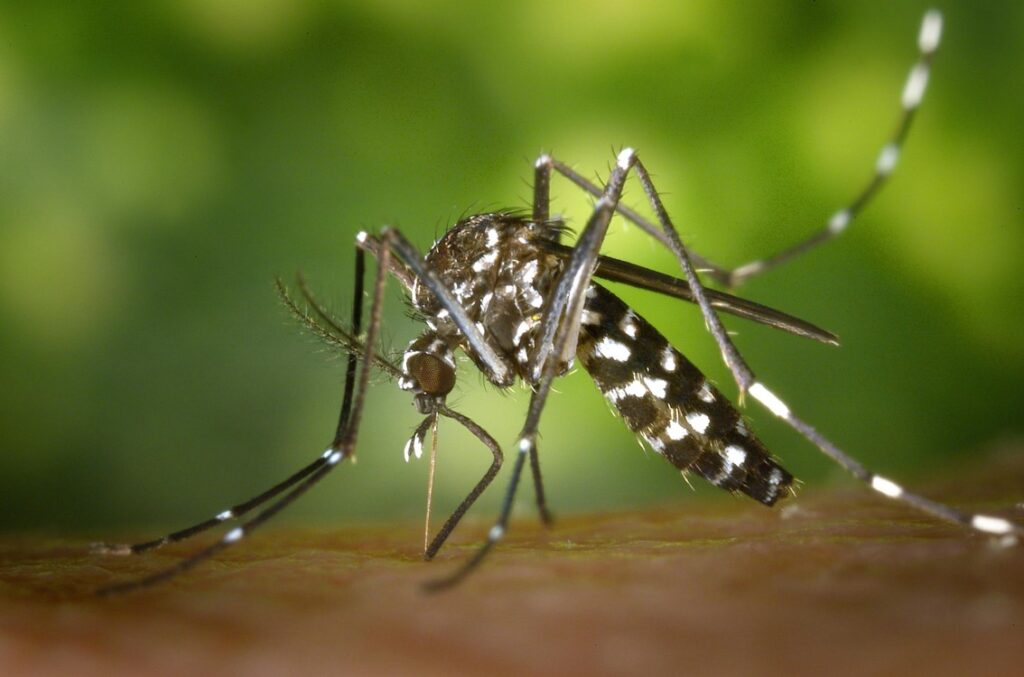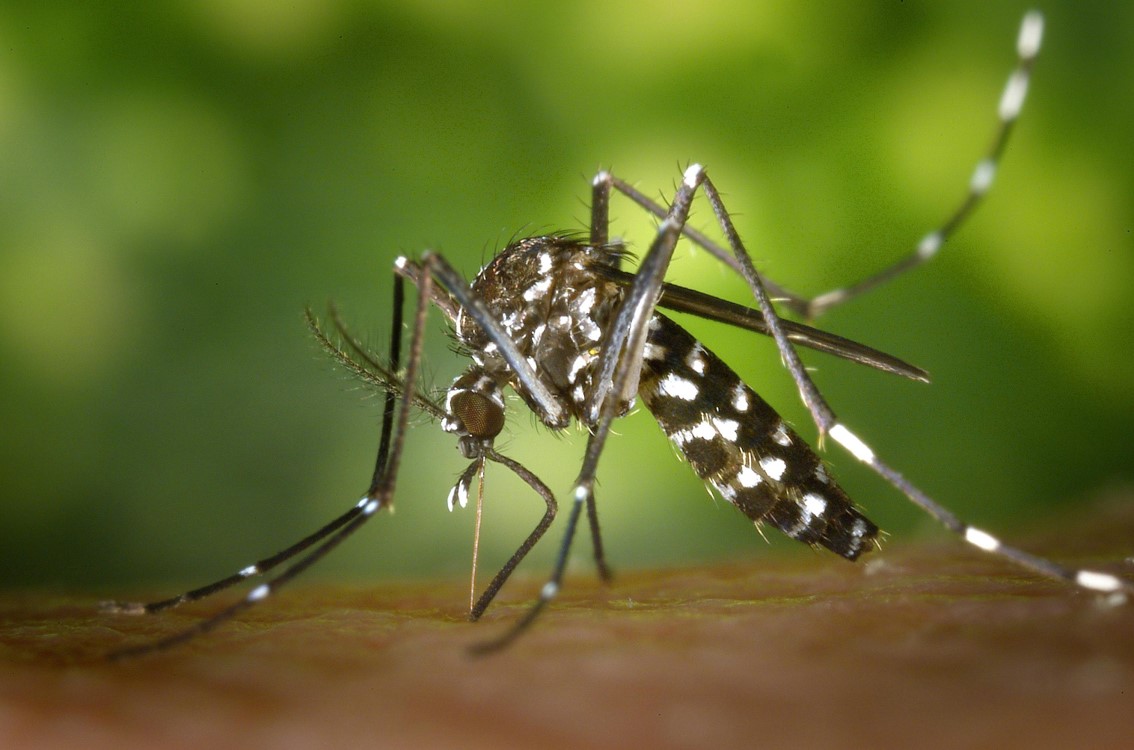Table of Contents

Introduction
Mosquito-borne infections have been a persistent global health challenge, with millions of people affected each year. As climate change and urbanization continue to create favorable conditions for mosquitoes, understanding and implementing strategies to combat these diseases is more crucial than ever. This article provides an in-depth exploration of the most effective methods to prevent mosquito bites, control mosquito populations, and reduce the risk of mosquito-borne infections, ensuring you stay protected and informed.
Mosquito-borne diseases represent a significant public health burden, especially in tropical and subtropical regions. Each year, diseases such as malaria, dengue fever, Zika virus, and chikungunya infect millions of people, leading to high morbidity and mortality rates. The increasing prevalence of these diseases can be attributed to several factors, including climate change, urbanization, and global travel. As the threat of mosquito-borne infections continues to rise, it is essential to adopt comprehensive strategies to protect individuals and communities from these potentially deadly diseases.
Understanding Mosquito-Borne Infections
Overview of Major Mosquito-Borne Diseases
Mosquito-borne infections are caused by viruses, bacteria, or parasites transmitted through mosquito bites. The most common diseases include:
- Malaria: Caused by Plasmodium parasites, malaria is transmitted primarily by Anopheles mosquitoes. It remains one of the deadliest diseases globally, particularly in Sub-Saharan Africa.
- Dengue Fever: A viral infection spread by Aedes mosquitoes, dengue fever is prevalent in tropical and subtropical regions. Severe cases can lead to dengue hemorrhagic fever, which can be fatal.
- Zika Virus: Also transmitted by Aedes mosquitoes, the Zika virus gained global attention during the 2015-2016 outbreak, which was linked to birth defects in newborns.
- Chikungunya: Another viral infection spread by Aedes mosquitoes, chikungunya causes severe joint pain and fever, with symptoms sometimes lasting for months.
The Mosquito Lifecycle: Why It Matters
Understanding the mosquito lifecycle is crucial for effective control strategies. Mosquitoes undergo four stages: egg, larva, pupa, and adult. Females lay eggs in stagnant water, and the larvae and pupae develop in aquatic environments. Adult mosquitoes emerge from the pupae and seek out blood meals to produce more eggs. Targeting mosquitoes at different stages of their lifecycle can significantly reduce their populations and the spread of infections.
Personal Protection Strategies
Use of Insect Repellents
Insect repellents are a frontline defense against mosquito bites. Products containing DEET, picaridin, or oil of lemon eucalyptus are highly effective. These repellents work by masking the human scent that attracts mosquitoes, making it harder for them to locate and bite you.
Tips for Using Insect Repellents Effectively
- Apply repellent to all exposed skin, avoiding eyes and mouth.
- Reapply as directed, especially after sweating or swimming.
- Choose a repellent with the appropriate concentration for your activity and location.
Wearing Protective Clothing
Wearing protective clothing can greatly reduce your risk of mosquito bites. Long-sleeved shirts, long pants, socks, and shoes create a physical barrier that prevents mosquitoes from reaching your skin.
Best Practices for Protective Clothing
- Wear light-colored clothing; mosquitoes are attracted to dark colors.
- Consider clothing treated with permethrin, an insect repellent fabric treatment.
- Tuck pants into socks and wear shoes that cover your feet fully.
Implementing Mosquito Nets and Bed Protection
Mosquito nets are essential, especially in areas where mosquito-borne diseases are endemic. Bed nets create a barrier between you and mosquitoes while you sleep, significantly reducing the risk of bites.
Choosing the Right Mosquito Net
- Use long-lasting insecticidal nets (LLINs) for added protection.
- Ensure the net is free of holes and properly tucked in under the mattress.
- Consider using indoor insecticide sprays for additional nighttime protection.
Environmental Control Measures
Eliminating Breeding Sites
Mosquitoes breed in stagnant water, so eliminating these sites is critical in reducing mosquito populations. Simple actions such as emptying water containers, cleaning gutters, and ensuring proper drainage can make a significant difference.
Steps to Eliminate Breeding Sites
- Regularly empty and clean bird baths, flower pots, and other containers that collect water.
- Ensure rainwater tanks are covered with mosquito-proof mesh.
- Keep swimming pools clean and chlorinated.
Using Biological Control Agents
Biological control involves using natural predators or pathogens to reduce mosquito populations. For example, introducing fish that eat mosquito larvae, such as Gambusia, into water bodies can effectively control larvae.
Examples of Biological Control Agents
- Bacillus thuringiensis israelensis (Bti): A bacteria used to target mosquito larvae in water bodies.
- Gambusia fish: These small fish are effective in controlling mosquito larvae in ponds and other standing water sources.
- Dragonflies and other natural predators: Encourage habitats that support these predators, which can reduce adult mosquito populations.
Implementing Community-Based Control Programs
Community involvement is key to successful mosquito control. Organized efforts to reduce breeding sites and promote awareness can lead to significant reductions in mosquito populations.
Strategies for Community-Based Programs
- Conduct neighborhood clean-up drives to eliminate potential breeding sites.
- Educate community members about the importance of mosquito control and personal protection.
- Collaborate with local health authorities to monitor mosquito populations and disease outbreaks.
Technological Innovations in Mosquito Control
Genetic Modification of Mosquitoes
One of the most promising advancements in mosquito control is the genetic modification of mosquitoes. Scientists have developed genetically modified mosquitoes that are either sterile or carry a gene that reduces their lifespan, thereby reducing their populations over time.
Current Applications
- Release of sterile male mosquitoes to mate with females, leading to no offspring.
- Genetic modifications that make mosquitoes resistant to carrying certain viruses.
Mosquito Traps and Attractants
Mosquito traps use a combination of attractants, such as carbon dioxide, heat, and light, to lure and capture mosquitoes. These traps can be effective in reducing local mosquito populations when used consistently.
Types of Mosquito Traps
- CO2 Traps: Mimic human breath to attract mosquitoes.
- Light Traps: Use ultraviolet light to lure and trap mosquitoes.
- Heat Traps: Simulate body heat to attract mosquitoes.
Emerging Technologies in Mosquito Surveillance
Advances in technology have also improved mosquito surveillance, allowing for better tracking and control of mosquito populations. Drones, for instance, are being used to map and monitor mosquito breeding sites in hard-to-reach areas.
Emerging Surveillance Technologies
- Drones: Used for aerial surveillance and mapping of mosquito habitats.
- Remote Sensing: Utilizes satellite imagery to identify potential mosquito breeding areas.
- Smartphone Apps: Allow citizens to report mosquito sightings and breeding sites, aiding in public health efforts.
Public Health Initiatives and Policy Interventions
Government-Led Mosquito Control Programs
Governments play a crucial role in mosquito control through the implementation of large-scale programs. These initiatives often include mass distribution of insecticidal nets, indoor residual spraying, and public education campaigns.
Examples of Successful Programs
- The Roll Back Malaria Partnership: A global framework for coordinated action against malaria.
- Indoor Residual Spraying (IRS): Applying insecticides on walls and surfaces inside homes to kill mosquitoes.
Importance of Public Education and Awareness
Raising awareness about the dangers of mosquito-borne diseases and the importance of preventive measures is essential. Public health campaigns that educate communities on how to protect themselves can significantly reduce the incidence of these infections.
Key Messages for Public Education
- The importance of using insect repellents and protective clothing.
- How to identify and eliminate mosquito breeding sites in the home and community.
- The role of vaccines in preventing diseases like yellow fever and Japanese encephalitis.
Global Collaboration and Funding for Mosquito Control
Global cooperation is necessary to combat mosquito-borne diseases effectively. International organizations, governments, and non-profits must work together to fund research, implement control programs, and ensure that resources are available in high-risk areas.
Examples of Global Collaboration
- The World Health Organization (WHO): Provides guidelines and support for mosquito control efforts worldwide.
- The Bill & Melinda Gates Foundation: Funds research and initiatives aimed at reducing the burden of mosquito-borne diseases.
- The Global Fund: Supports programs targeting malaria and other mosquito-borne diseases in developing countries.
Conclusion: The Path Forward in Combating Mosquito-Borne Infections
Mosquito-borne infections remain a significant public health threat, but with the right strategies, we can reduce their impact. Personal protection, environmental control, technological innovations, and public health initiatives all play a crucial role in combating these diseases. By staying informed and taking proactive measures, individuals and communities can protect themselves and help curb the spread of mosquito-borne infections.
Frequently Asked Questions (FAQs)
1. What is the most effective way to prevent mosquito bites?
Using insect repellent and wearing protective clothing are the most effective ways to prevent mosquito bites.
2. How do mosquito-borne diseases spread?
Mosquito-borne diseases spread when mosquitoes infected with viruses, bacteria, or parasites bite humans.
3. What are some common mosquito-borne diseases?
Common mosquito-borne diseases include malaria, dengue fever, Zika virus, and chikungunya.
4. Can mosquitoes be genetically modified to reduce their populations?
Yes, scientists are developing genetically modified mosquitoes to reduce their populations and the spread of diseases.
5. How can communities help control mosquito populations?
Communities can help by eliminating breeding sites, participating in clean-up drives, and supporting public health campaigns.
6. Are there any natural ways to control mosquito populations?
Yes, biological control agents like fish that eat mosquito larvae and dragonflies can help reduce mosquito populations.
7. Why is public education important in preventing mosquito-borne diseases?
Public education raises awareness about preventive measures, leading to better protection and reduced disease incidence.
8. What role do governments play in mosquito control?
Governments implement large-scale mosquito control programs, including insecticide distribution and public education campaigns.
References
https://www.who.int/news-room/fact-sheets/detail/vector-borne-diseases
https://www.ncbi.nlm.nih.gov/books/NBK585173
https://www.ncbi.nlm.nih.gov/pmc/articles/PMC10059804
https://www.nature.com/articles/s41467-022-34534-9
https://www.nature.com/articles/s41586-018-0318-5
https://www.ncbi.nlm.nih.gov/pmc/articles/PMC7776937
YouTube video linkhttps://youtube.com/shorts/JM_qEbVLwCQ?feature=share

